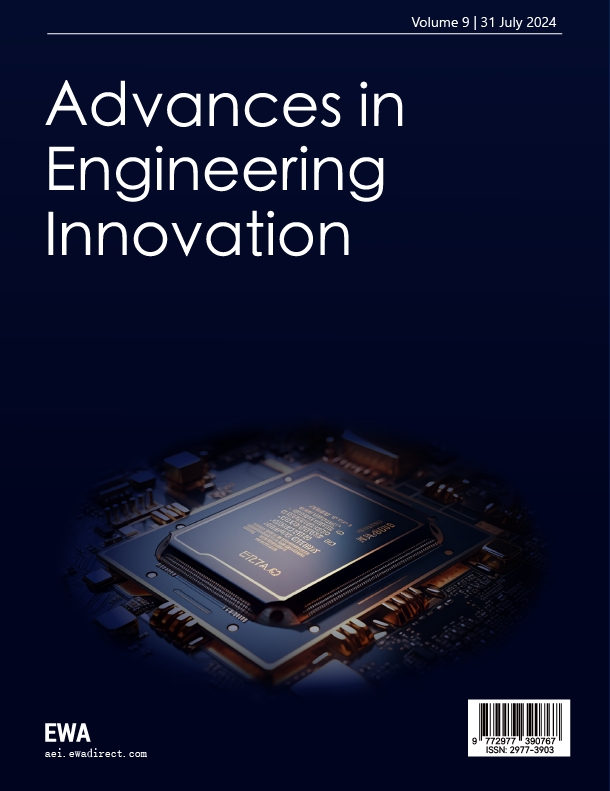References
[1]. Shklovsky, V. (1965). Art as technique. InL. T. Lemon & M. J. Reis (Trans.), Russian formalist criticism: Four essays(pp. 3-24). University of Nebraska Press.
[2]. Eliot, T. S. (2003). The waste land. InF. Kermode (Ed.), The waste land and other poems(pp. 51-85). Penguin Classics.
[3]. Pound, E. (1990). Personae: The Collected Poems of Ezra Pound.New Directions.
[4]. Choi, M., Lee, S., Choi, E., Park, H., Lee, J., Lee, D., & Lee, J. (2021). MelBERT: Metaphor detection via contextualized late interaction using metaphorical identification theories. arXiv. https: //arxiv.org/abs/2104.13615.
[5]. Jakobson, R. (1960). Linguistics and poetics. InT. A. Sebeok (Ed.), Style in language(pp. 350-377). MIT Press.
[6]. Jia, K., & Li, R. (2024). Metaphor detection with context enhancement and curriculum learning. InProceedings of the 2024 Conference of the North American Chapter of the Association for Computational Linguistics: Human Language Technologies(Vol. 1: Long Papers) (pp. 2726-2737). Association for Computational Linguistics.
[7]. Stowe, K., Luan, Y., Bhatia, A., Gung, J., & Peng, S. (2024). Curriculum Learning for Metaphor Detection. InProceedings of the 2024 Conference of the North American Chapter of the Association for Computational Linguistics: Human Language Technologies(NAACL 2024)(pp. 7392-7406). Association for Computational Linguistics.
[8]. Jia, K., Wu, Y., Liu, M., & Li, R. (2024). Curriculum-style data augmentation for llm-based metaphor detection. arXiv. https: //arxiv.org/abs/2412.02956.
[9]. Memon, M. Q., Banbhrani, S. K., Akhter, M. N., Noureen, F., & Mehreen, F. (2024). Detecting sarcasm in social media posts using transformer-based language models with contextual and sentiment-aware features.Spectrum of Engineering Sciences, 2(5), 534–549.
[10]. Badathala, N., Kalarani, A. R., Siledar, T., & Bhattacharyya, P. (2023). A match made in heaven: A multi-task framework for hyperbole and metaphor detection. InProceedings of the 61st Annual Meeting of the Association for Computational Linguistics. Association for Computational Linguistics.
[11]. Hessel, J., Marasović, A., Hwang, J. D., Lee, L., Da, J., Zellers, R., Mankoff, R., & Choi, Y. (2022). Do androids laugh at electric sheep? Humor “understanding” benchmarks from the new yorker caption contest. arXiv. https: //arxiv.org/abs/2209.06293
[12]. Jakobson, R. (1987). Language in literature (K. Pomorska & S. Rudy, Eds.). Harvard University Press.
[13]. Gao, G., Choi, E., Choi, Y., & Zettlemoyer, L. (2018). Neural metaphor detection in context. arXiv. https: //arxiv.org/abs/1808.09653.
[14]. Tsvetkov, Y., Boytsov, L., Gershman, A., Nyberg, E., & Dyer, C. (2014). Metaphor detection with cross-lingual model transfer. InProceedings of the 52nd Annual Meeting of the Association for Computational Linguistics(Vol. 1: Long Papers) (pp. 248-258). Association for Computational Linguistics.



